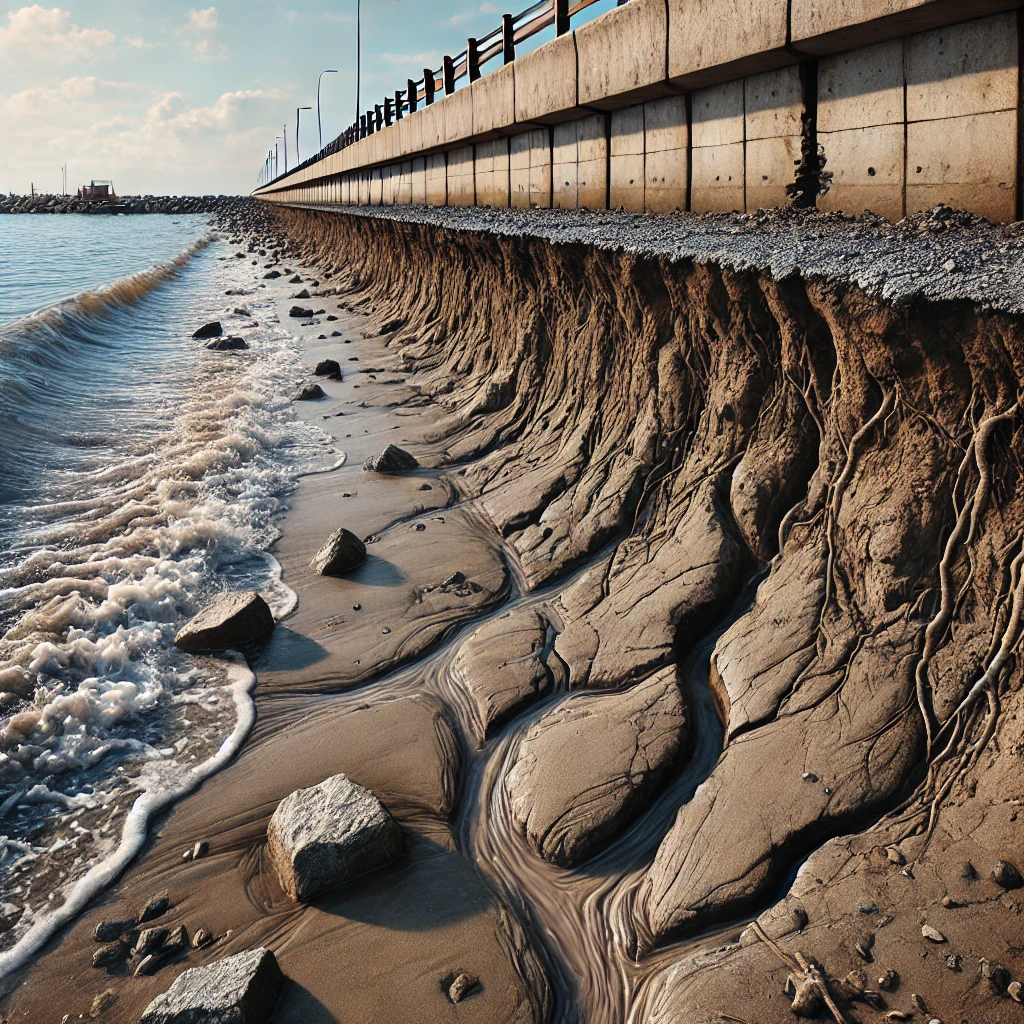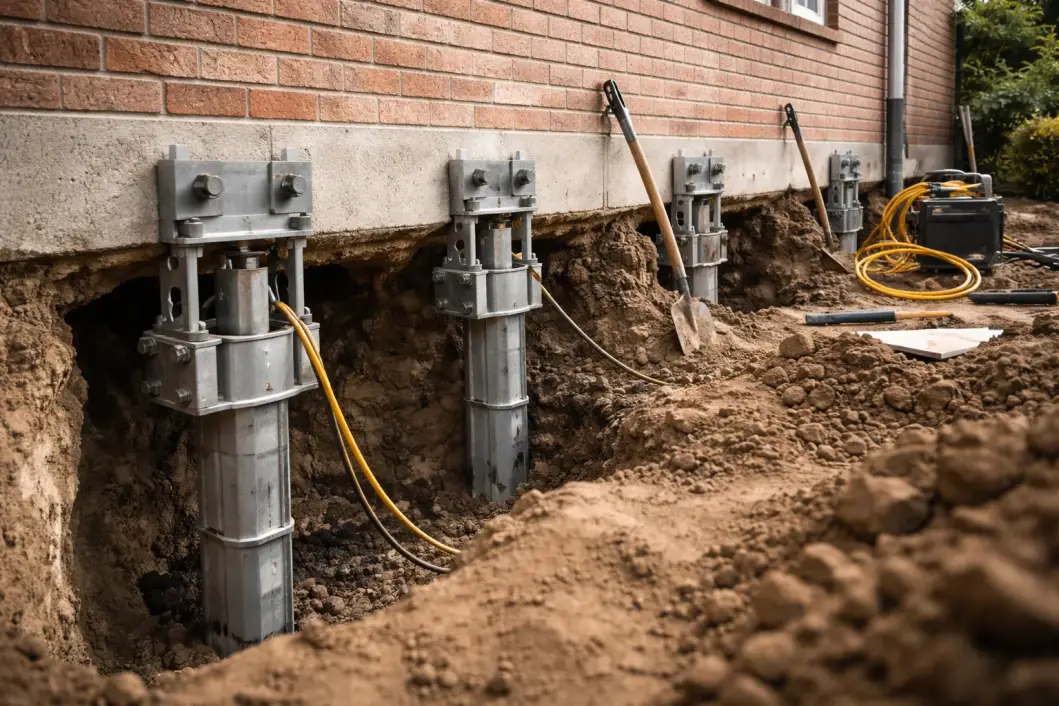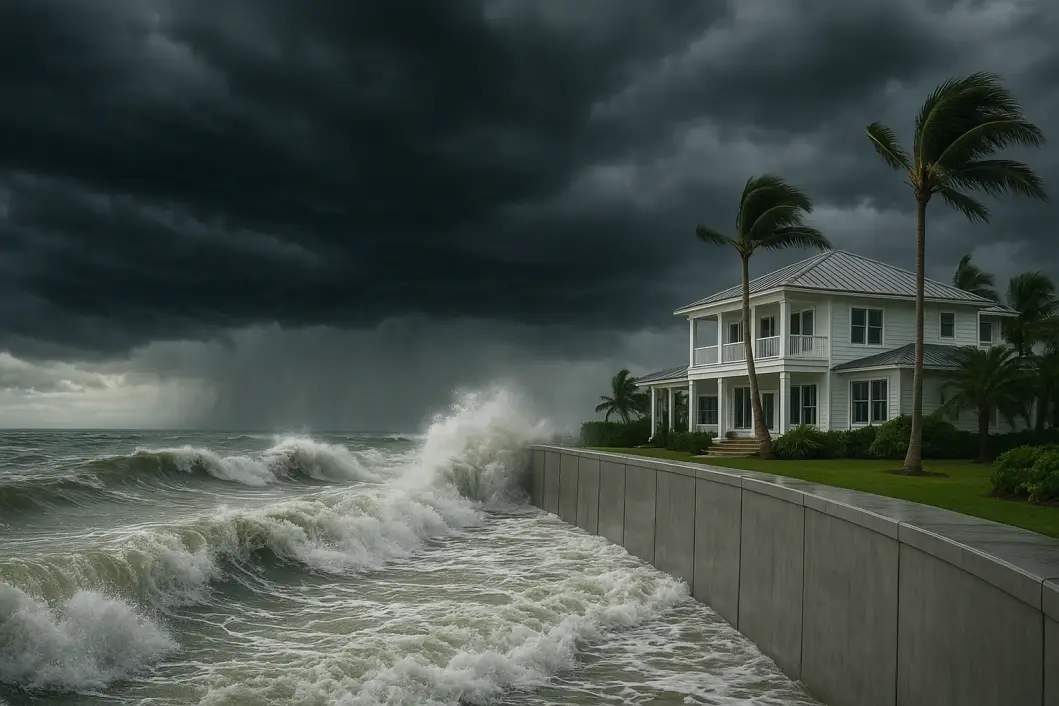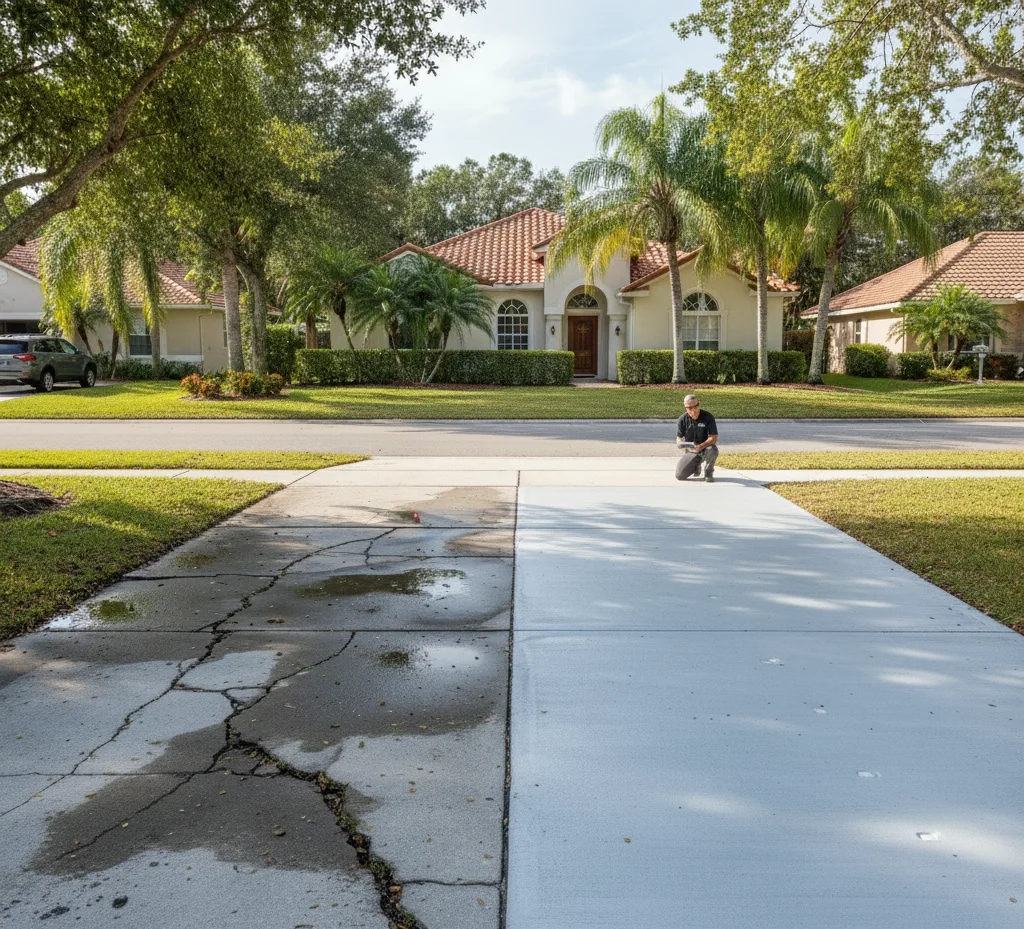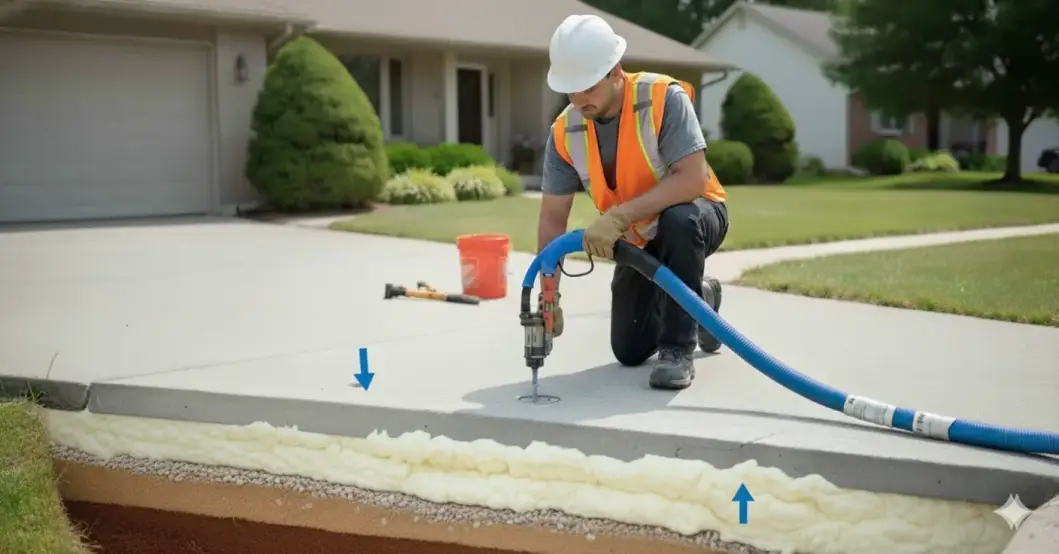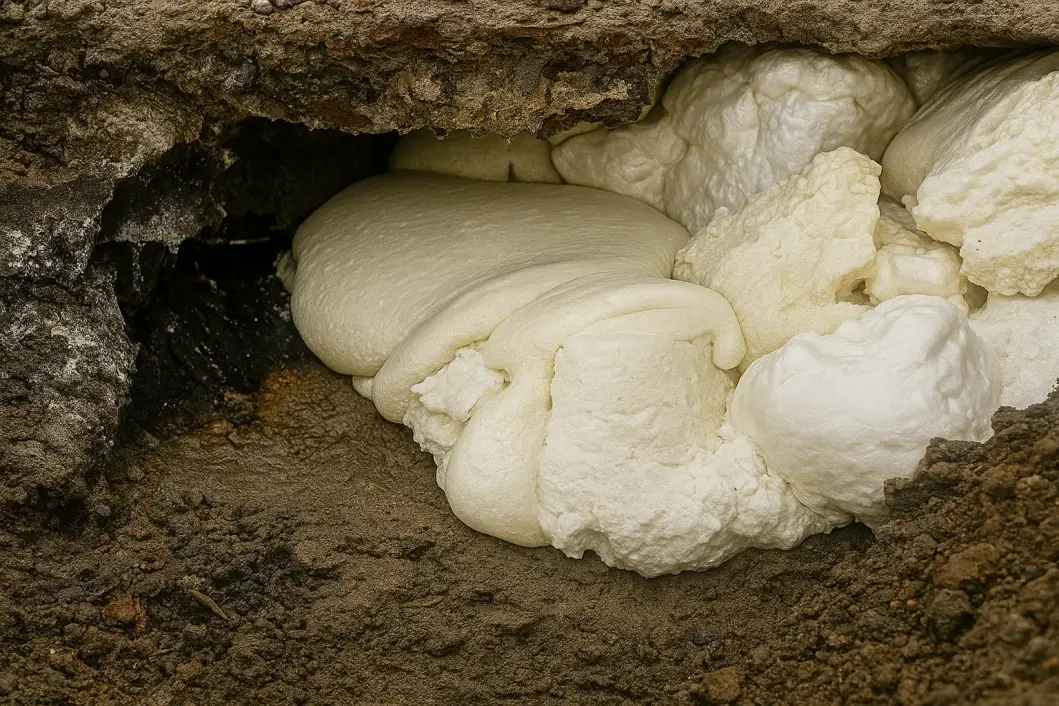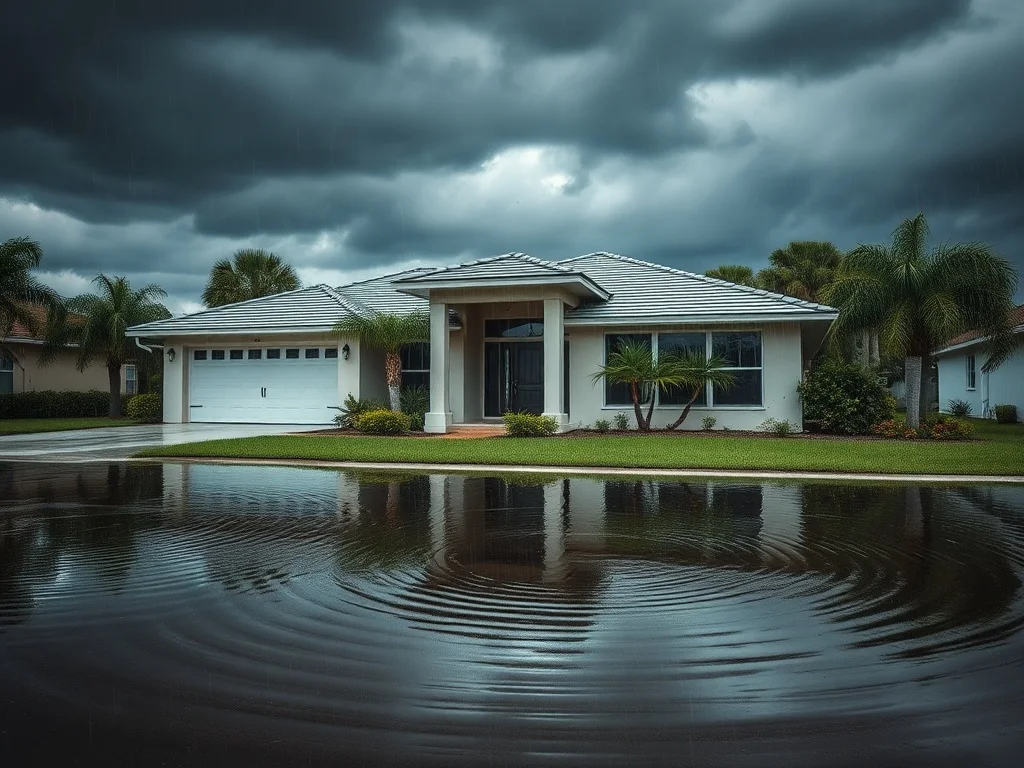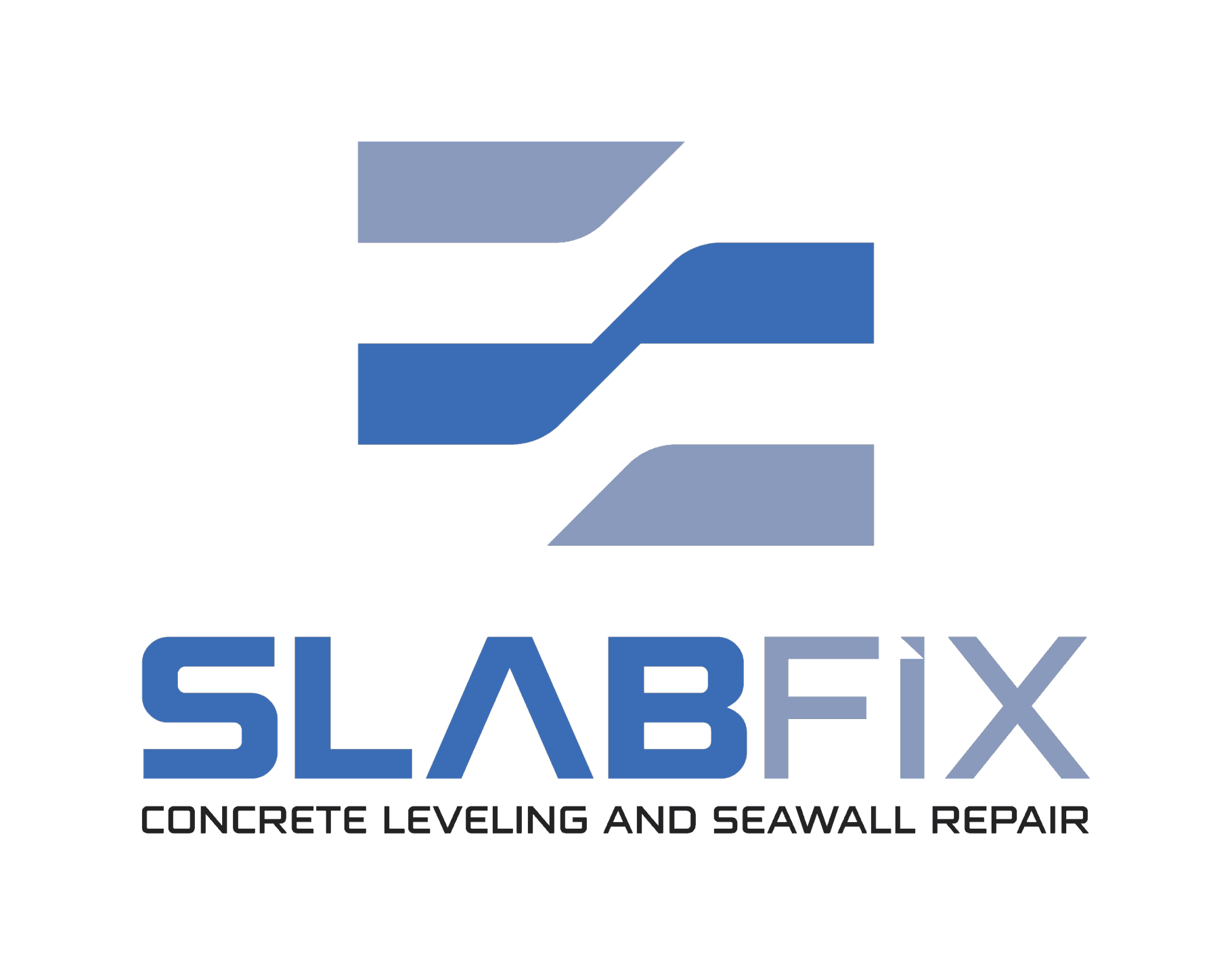How to Prevent Erosion Behind Your Seawall?
Prevent Erosion Behind Seawall: Protect Your Property with SlabFix
Prevent erosion behind seawall is essential to safeguarding your property from serious damage and expensive repairs. Soil erosion can weaken the foundation of your seawall, compromising its stability and putting your waterfront area at risk. At SlabFix, we use advanced soil stabilization methods, such as polyurethane foam injection, to effectively halt erosion and strengthen your seawall’s base. This article will help you understand the causes of erosion, recognize early warning signs, and explore proven strategies to prevent erosion behind seawall.
Prevent Erosion Behind Seawall: Key Causes and Solutions
Seawalls are built to shield land from the powerful forces of waves, currents, and storms. However, over time, water can still penetrate behind the structure, leading to soil erosion. To effectively prevent erosion behind seawall, it’s important to understand the main causes:
Wave Action: Constant wave impacts weaken and displace soil behind the seawall.
Storm Surges: Severe storms push large volumes of water behind the wall, accelerating erosion.
Water Seepage: Any damage to the seawall allows water to seep through, shifting and eroding the soil.
Hydrostatic Pressure: Water buildup behind the seawall increases pressure, causing soil displacement and undermining the wall’s foundation.
Proper construction techniques, routine maintenance, and regular inspections are essential to prevent erosion behind seawall and maintain its protective strength.
Identifying Soil Erosion Behind Your Seawall
Detecting early signs of erosion can help prevent costly repairs and potential failure of your seawall. Some common indicators include:
- Visible Cracks or Shifts: Cracks in the seawall structure or noticeable tilting can signal that erosion is taking place.
- Water Seepage: If you notice excessive water seeping through weep holes or the base of your seawall, it could be an indication of erosion.
- Sinkholes: The appearance of sinkholes or depressions behind the seawall suggests that soil has eroded and left voids.
- Loose or Shifting Soil: If the soil behind the seawall feels loose or appears to be shifting, erosion is likely occurring.
Early identification of these signs allows for timely intervention, preventing further damage and reducing repair costs.
How to Prevent Soil Erosion Behind Your Seawall
1. Polyurethane Foam Injection
One of the most effective solutions for preventing soil erosion is polyurethane foam injection. This innovative technique involves injecting a specialized foam into the soil behind the seawall. The foam expands, filling voids and stabilizing the soil. Polyurethane foam is environmentally friendly, cost-effective, and non-invasive, making it an ideal solution for reinforcing seawalls without extensive disruption.
Benefits of Polyurethane Foam:
- Quick Installation: The process is fast and minimally disruptive, allowing for repairs without disturbing the surrounding area.
- Long-Term Protection: The foam hardens over time, providing ongoing stabilization and preventing further erosion.
- Cost-Effective: Compared to traditional repair methods, polyurethane foam injection is a budget-friendly solution with long-lasting results.
By reinforcing the soil behind the seawall with polyurethane foam, you can prevent erosion and enhance the wall’s structural integrity for years to come.
2. Maintain Proper Drainage Systems
Water buildup behind the seawall is one of the primary contributors to soil erosion. Ensuring proper drainage is essential to reduce hydrostatic pressure and prevent water from seeping into the soil.
- Weep Holes: These small openings allow trapped water to escape, preventing pressure buildup behind the seawall. Make sure weep holes are clear of debris and functioning properly.
- Drainage Pipes: Install pipes to direct excess water away from the seawall, reducing the chances of water seepage.
- Surface Drainage: Ensure that rainwater flows away from the seawall area by creating a slope away from the wall. This can reduce the chances of water pooling behind the structure.
Proper drainage systems will alleviate the pressure on your seawall and protect the soil behind it from erosion.
3. Install Erosion Control Fabrics
Erosion control fabrics, also known as geotextiles, can be installed behind the seawall to prevent soil erosion. These fabrics act as a barrier that holds the soil in place while allowing water to pass through. The fabric prevents soil particles from being washed away by waves and currents, significantly reducing erosion.
Benefits of Erosion Control Fabrics:
- Easy Installation: The fabric is simple to install and can be tailored to fit the contours of the shoreline.
- Long-Lasting: Geotextiles are durable and provide long-term protection against erosion.
- Minimal Maintenance: Once installed, erosion control fabrics require minimal maintenance, making them a cost-effective solution for preventing soil erosion.
4. Vegetative Buffer Zones
Natural vegetation plays a vital role in stabilizing the soil behind your seawall. Plants, grasses, and shrubs with deep root systems bind the soil together, preventing it from shifting due to wave action or storm surges. A healthy vegetative buffer zone can act as an additional line of defense against erosion.
Benefits of Vegetative Buffer Zones:
- Natural Erosion Control: Plants and grasses naturally prevent soil erosion by stabilizing the soil with their roots.
- Eco-Friendly: Using native plants helps maintain the local ecosystem and promotes biodiversity.
- Aesthetic Appeal: Vegetation enhances the visual appeal of your waterfront property, providing a natural, green backdrop for your seawall.
Choosing native plants that are resistant to saltwater and can thrive in coastal conditions will ensure the success of your vegetative buffer zone.
5. Routine Inspections and Maintenance
Regular inspections and maintenance are essential to keeping your seawall and surrounding soil in optimal condition. After severe storms or high tide events, it’s crucial to check for any signs of damage, erosion, or changes in the structure of your seawall.
- Look for Cracks and Shifts: Inspect the seawall for any signs of cracks, tilting, or other damage that could be caused by erosion.
- Check Drainage Systems: Ensure that drainage systems and weep holes are functioning properly and not clogged with debris.
- Monitor Vegetation: Keep an eye on the health of the plants behind your seawall. Replace any dead or damaged plants to maintain effective erosion control.
By staying on top of maintenance, you can catch small problems before they turn into major repairs.
Repairing Erosion Damage Behind Your Seawall
Even with the best preventive measures, some erosion may still occur. If you notice significant erosion behind your seawall, it’s important to address it immediately to avoid further damage.
Repair Options:
- Polyurethane Foam Injection: As mentioned earlier, polyurethane foam can fill any voids or gaps in the soil, providing a solid foundation for your seawall.
- Backfilling: Filling in eroded areas with compacted soil or other materials can help restore the stability of the wall.
- Reinforcement with Geotextiles: Adding geotextile fabric can help prevent further erosion by stabilizing the soil and providing additional support.
Contacting a professional seawall repair service like SlabFix can help you find the best solution for your specific situation.
Conclusion
Preventing soil erosion behind your seawall is crucial for maintaining the long-term stability of your waterfront property. By using techniques such as polyurethane foam injection, maintaining proper drainage systems, installing erosion control fabrics, and creating vegetative buffer zones, you can effectively reduce the risk of erosion and protect your seawall from damage.
At SlabFix, we specialize in soil stabilization and seawall repair, offering cost-effective solutions to prevent erosion and keep your seawall in excellent condition. Don’t wait for the problem to worsen—take proactive steps today to protect your investment.
Contact us at SlabFix for a consultation at 4072144357, and let us help you safeguard your seawall from soil erosion.
For more on how seawalls function and how to prevent erosion, check out the National Oceanic and Atmospheric Administration’s guide on seawalls and coastal protection.

